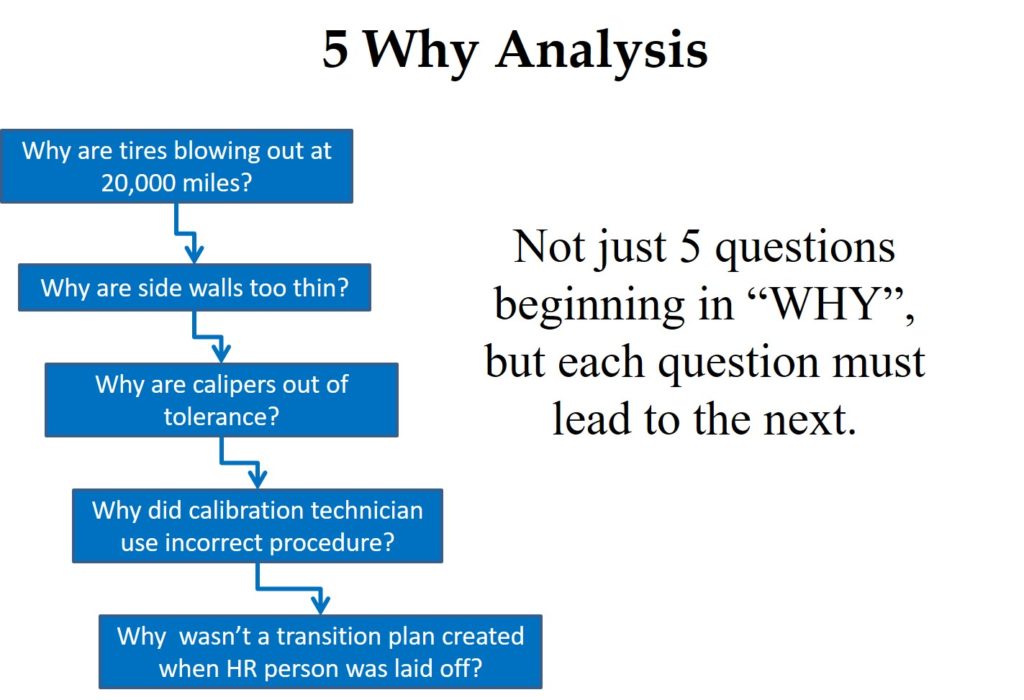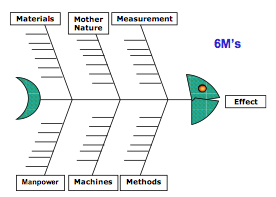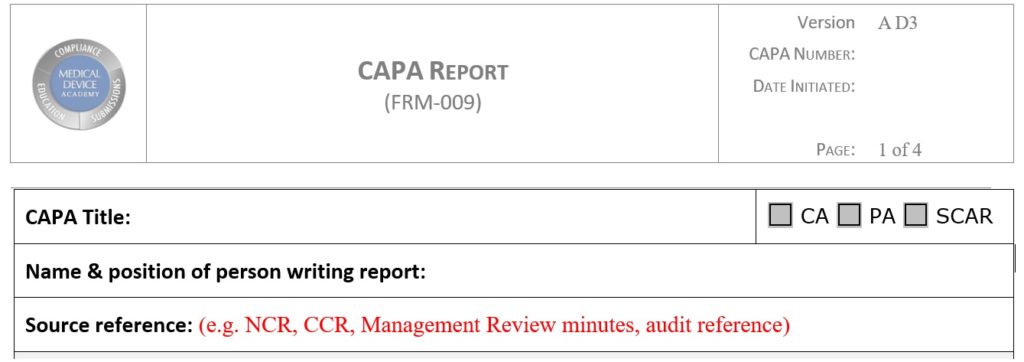Where to Locate Preventive Action Sources
The author discusses why preventive action is important in developing a sustainable and robust quality system and where to locate preventive action sources.
Most ISO auditors and FDA inspectors view CAPA as one of the most important processes in your quality system. Still, the approach to preventive actions is distinctly different between the ISO Quality System Standards (i.e., – ISO 9001 and ISO 13485) and FDA regulations (i.e., – 21 CFR 820.100). Throughout the FDA QSR, corrective action and preventive action are always found together, while in the ISO Standards, preventive action is a separate clause (i.e., – Clause 8.5.3). The wording of the two clauses is nearly identical, but ISO certification auditors tend to be purists. Therefore, your ISO certification auditor will expect you to have at least some examples of CAPAs that are 100% preventive. Many auditors will issue a nonconformity if you have no examples that are 100% preventive.
Why is Preventive Action Important?
While I was conducting certification audits, I noticed that the better quality systems tended to have several examples of preventive actions. There were a few companies that had more preventive actions than corrective actions, and the quality systems at those companies happened to be much stronger in general—not just their CAPA process. Is this a coincidence?
No, the CAPA process is how you correct and prevent quality problems. In order to find preventive actions, you have to develop your other quality system processes. These companies have strategically chosen to create their quality systems to a higher level of performance because they know that preventing quality problems results will cost substantially less than waiting until problems occur, and then fixing those problems. These companies often talk about the “Cost of Quality,” and when you tour their facility, you see quality objectives being communicated to everyone.
I have only had a couple of clients in the past decade that argued about the importance of preventive actions, but most clients ask me, “Where can we find more?”
Guidance Documents
As a certification auditor, I was not allowed to “consult,” but was able to mention guidance documents that might help. Therefore, the number one guidance document I recommend is 13485 Plus (a document sold by the Canadian Standards Association – http://bit.ly/ShopCSA).
13485 Plus includes all Clauses of the 13485 Standard, including text from ISO 14969—an international guidance document for the implementation of ISO 13485. In section 8.5.3 of the guidance document, you will find the following list of preventive action sources:
- The purchased product rejected on receipt
- Evidence that previous decisions affecting product conformity were false
- Products requiring rework
- In-process problems, wastage levels
- Final inspection failures
- Customer feedback,
- Warranty claims,
- Process measurements,
- Statistical process control documents,
- Identification of results that are out-of-trend, but not out-of-specification,
- Difficulties with suppliers,
- Service reports, and
- Need for concessions.
Practical Experience
In addition to the sources listed in guidance documents, there are three other sources that I like to recommend consulting clients. One source is your internal audit process. Auditors verify the conformity of processes, but internal auditors should also look for processes that are inefficient and need improvement. When auditors are performing a process audit, some process owners have difficulty identifying process metrics that are being tracked for each process. Auditors should be trained to follow the audit trail when process monitoring is absent because processes that are not already measured usually have more room for improvement than processes currently being measured.
Another source of preventive actions is the Total Product Lifecycle Database on the FDA website (http://bit.ly/FDATPLC). Every three-letter product code has a corresponding database report that you can use to identify product malfunctions and adverse events associated with competitor products. Learning from the mistakes of your competitors and implementing appropriate preventive actions internally is a great way to avoid the need for corrective actions—especially for design malfunctions.
The most fruitful source of preventive actions, however, is data analysis of process control monitoring. This source can identify negative trends within your company’s manufacturing process and suppliers’ processes. Catching a negative trend before products and components are nonconforming reduces the number of corrective actions needed, the cost of scrap or rework, and eliminates delays that result in customer complaints.
Setting a CAPA Quality Objective
As your company begins to develop additional sources of preventive actions, you may want to consider establishing a Quality Objective for your CAPA process. The most common Quality Objectives for a CAPA process are:
- Initiate at least one new preventive action per quarter
- Close all CAPAs within 90 days
- Reduce the average aging of CAPAs to <45 days
However, I would like to suggest another possible Quality Objective:
- Increase the ratio of preventive actions to corrective actions to > 1.00
To be successful in achieving this Quality Objective, you will need to increase your preventive actions and decrease the number of corrective actions. The reduction of corrective actions indicates that you are identifying potential problems before corrective action is required. In contrast, the increase in preventive actions indicates that your process for identifying potential problems is becoming more effective.
If you are interested in learning more about preventive action, please register for the Medical Device Academy’s CAPA Workshop on September 9 in Orlando, or on October 3 in San Diego. Click here to register for the event: http://bit.ly/MDAWorkshops.
Where to Locate Preventive Action Sources Read More »








